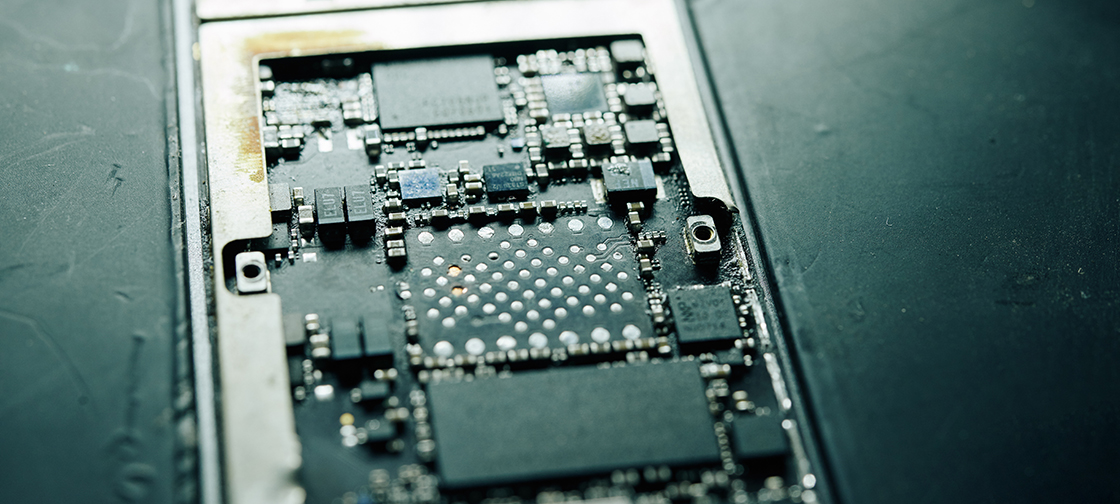A new tracker made of scintillating fibres will be installed in the LHCb experiment during the ongoing shutdown of the Large Hadron Collider.
For the LHCb detector at the Large Hadron Collider, the ongoing second long shutdown (LS2) of CERN’s accelerator complex will be a period of metamorphosis. After two successful data-collection runs, the detector is being upgraded to improve the precision of its physics measurements, many of which are the best in the world. There will therefore be five times more collisions every time proton bunches cross within the detector after LS2 and the LHCb collaboration plans on increasing the data-readout rate from 1 MHz to the LHC’s maximum interaction frequency of 40 MHz (or every 25 nanoseconds).
In addition to replacing nearly all of the electronics and data-acquisition systems to handle the enormous increase in data production, LHCb is replacing its tracking detectors with new ones, such as the scintillating-fibre tracker, or SciFi. It is the first time such a large tracker, with a small granularity and high spatial resolution, has been made using this technology. The SciFi will be placed behind the dipole magnet of LHCb.
Scintillating fibres, as the name suggests, are optical fibres – with a polystyrene base, in this case – that emit tens of photons in the blue-green wavelength when a particle interacts with them. Secondary scintillator dyes have been added to the polystyrene to amplify the light and shift it to longer wavelengths so it can reach custom-made silicon photomultipliers (SiPM) that convert optical light to electrical signals. The technology has been well tested at other high-energy-physics experiments. The fibres themselves are lightweight, they can produce and transmit light within the 25-nanosecond window and they are suitably tolerant to the ionising radiation expected in the future.
Source: “LS2 report: LHCb looks to the future with SciFi detector”, CERN




